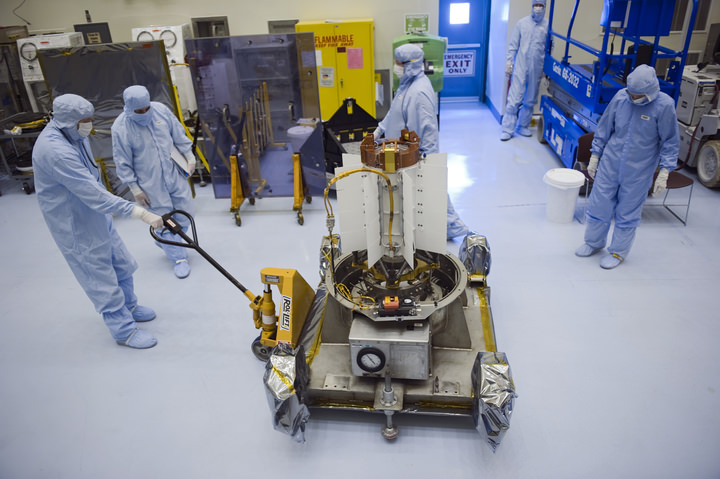One of NASA’s primary missions is to inspire the next generation of scientists and engineers to join the STEM field. It does so by producing inspirational and educational content on various platforms. But sometimes, it takes a more direct approach by rewarding students for their contributions to solving a particular problem NASA is facing. Recently, the organization announced such a challenge – the Power to Explore Challenge, which is open to submission from K-12 students until the end of January.
Continue reading “NASA Wants Students’ Help Designing Missions to Other Moons”NASA Halts Work on its New Nuclear Generator for Deep Space Exploration
Another blow was dealt to deep space exploration this past weekend. The announcement comes from Jim Green, NASA’s Planetary Science Division Director. The statement outlines some key changes in NASA’s radioisotope program, and will have implications for the future exploration of the outer solar system.

We’ve written about the impending plutonium shortage and what it means for the future of spaceflight, as well as the recent restart of plutonium production. NASA is the only space agency that has conducted missions to the outer planets — even the European Space Agency’s Huygens lander had to hitch a ride with Cassini to get to Titan — and plutonium made this exploration possible. Continue reading “NASA Halts Work on its New Nuclear Generator for Deep Space Exploration”


